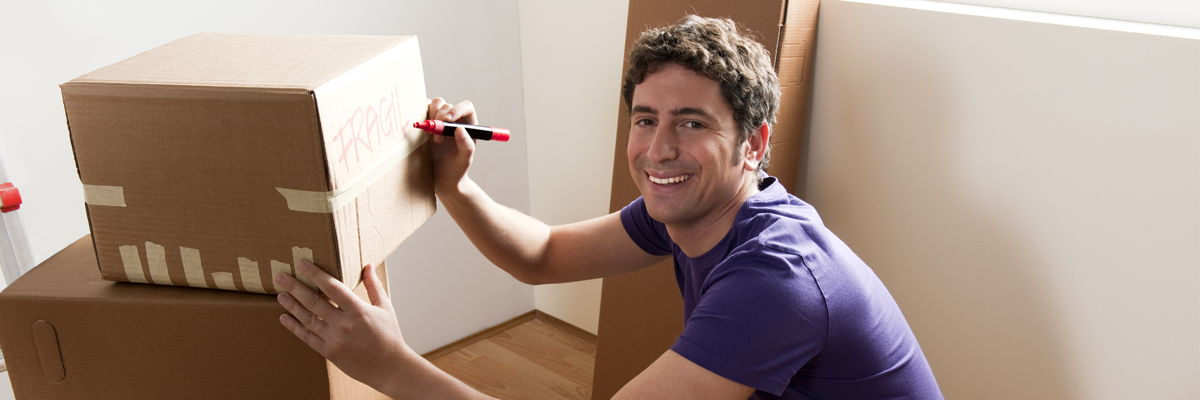Retain Sofa Elegance: Smart Storage Practices for Longevity
Posted on 17/05/2025
Retain Sofa Elegance: Smart Storage Practices for Longevity
A sofa is more than just a piece of furniture; it's the heart of your living space--where memories are made, conversations are shared, and comfort is found. However, preserving the elegance and durability of your sofa over time demands intentional care and strategic storage solutions. This article will guide you through smart storage practices to retain sofa elegance and ensure its longevity, offering practical, SEO-optimized insights for every homeowner.

Understanding the Importance of Proper Sofa Storage
Have you ever wondered why some sofas look pristine after years of use while others quickly lose their charm? Storing your sofa properly, whether during a house move, renovation, or seasonal change, can make all the difference. By implementing the right storage techniques, you guard against wear and tear, environmental damage, fabric deterioration, and even structural weakening.
- Protecting upholstery and finish
- Preserving structural integrity
- Minimizing exposure to harmful elements
- Preventing infestations and mold growth
Factors That Threaten Your Sofa's Elegance
Sofas, like all fine furniture, are susceptible to a range of threats, many of which arise when being stored in less-than-ideal conditions. To truly retain sofa elegance, it's essential to understand and counteract these dangers:
- Humidity and moisture leading to mold or mildew
- Exposure to sunlight, which fades colors and weakens fabrics
- Dust and debris accumulation dulling fabric and crevices
- Pests, such as rodents and insects causing damage
- Improper positioning causing warping or indentation
Smart Storage Solutions to Extend Sofa Lifespan
Retaining your sofa's original beauty starts with preparation, protection, and constant maintenance. Here's how you can achieve sofa longevity through effective storage:
1. Deep Clean Before Storage
Before storing your sofa, ensure it is thoroughly cleaned. Dirt, oils, and residues can become stubborn stains or even degrade upholstery over time.
- Vacuum all crevices, cushions, and fabric surfaces to remove dust and debris.
- Spot clean stains with appropriate solutions for your sofa material (leather, fabric, suede, etc.).
- For leather sofas, use a leather cleaner and conditioner to prevent cracking.
- For fabric sofas, allow the fabric to dry completely before covering or storing.
2. Disassemble When Possible
If your sofa has removable parts, such as legs or cushions, disassemble them to make storage safer and more space-efficient.
- Remove cushions, legs, or armrests, and store them separately.
- Label all parts for easy reassembly.
3. Use the Right Protective Covers
Not all covers are created equal. To retain your sofa's elegance during storage, select the best protective covering for your specific upholstery:
- Cotton or breathable fabric covers: Allow airflow, prevent condensation and mold.
- Avoid plastic wraps, as they trap moisture and encourage mildew or mold growth.
Tip: For extra protection, place a soft cotton sheet below and above the sofa before covering it to wick away any residual moisture.
4. Choose a Climate-Controlled Storage Space
Nothing undermines sofa longevity faster than exposure to temperature extremes or high humidity.
- Climate-controlled units maintain consistent temperature and humidity, critical for wood and deluxe upholstery.
- If using a garage or basement, use a dehumidifier and ensure adequate ventilation.
- Raise the sofa on pallets to prevent contact with cold floors and potential water damage.
5. Store Off the Ground
Direct contact with the ground exposes your sofa to increased risks from moisture and pests. Always use pallets or risers to elevate your sofa, further reducing static build-up which attracts dust.
6. Arrange Proper Air Circulation
Poor ventilation traps heat and moisture, fostering bacteria and fungus growth on your sofa. Leave ample space around the sofa and avoid stacking items against or on it.
7. Avoid Sunlight Exposure
Whether storing your sofa in a home, storage facility, or garage, ensure that direct sunlight does not fall on any part of the sofa. Sunlight can cause fading, fabric breakdown, and promote an uneven appearance.
8. Regularly Inspect and Maintain
Long-term storage demands periodic checks for pests, mold, and damage. Plan monthly or quarterly inspections to catch problems early and clean surface dust with a soft brush.
Special Considerations for Different Sofa Materials
Different materials require customized care during storage to retain their elegance and function:
Leather Sofas
- Apply leather conditioner before covering to prevent cracking.
- Store only in climate-controlled conditions to avoid drying or mildew.
- Avoid plastic wraps; instead, use soft, breathable blankets.
Fabric Sofas
- Vacuum and clean thoroughly, making sure no moisture is present before covering.
- Use breathable fabric covers for protection and airflow.
- Place moth repellents or natural sachets nearby to prevent infestations.
Wooden/Antique Sofas
- Polish wood to seal and protect from moisture.
- Ensure no direct contact with concrete or damp surfaces.
- Wrap fragile carvings or armrests with thick blankets for extra cushion.
How Smart Storage Practices Boost Sofa Longevity
Integrating these smart storage tips into your routine not only retains sofa elegance but also enhances comfort and saves on potential repair or replacement costs. Here's how:
- Preserved upholstery: Clean and well-covered sofas prevent tears, fading, and musty smells.
- No warped frames: Reliable supports and climate management ensure structural integrity.
- Immediate readiness: A well-stored sofa can be redeployed without time-consuming cleaning or repairs.
- Resale value maintained: If you decide to upgrade, pristine condition brings better market value.
Common Sofa Storage Mistakes to Avoid
To truly optimize sofa longevity and elegance, steer clear of these frequently overlooked blunders:
- Skipping the cleaning process before storage
- Using plastic covers that trap moisture
- Stacking heavy objects atop your sofa
- Allowing direct contact with floors or walls prone to dampness
- Forgetting regular inspection during the storage period
Bonus Tips: Maximizing Space and Style While Storing Sofas
If you're storing your sofa temporarily at home or in a small space, maintaining elegance can mean blending function with style:
- Cover with decorative throws or slipcovers so it matches the room even while in 'storage mode.'
- Use sofa storage compartments for pillows, linen, or seasonal items to clear clutter elsewhere.
- Rearrange furniture to provide your sofa sufficient breathing room from heat sources or direct windows.
- Repurpose sofa as daybed or guest seating while not in full use, keeping it relevant and maintained.
DIY Storage Solutions That Work Wonders
- Custom-built furniture covers using waterproof yet breathable fabrics.
- Rolling risers or casters for mobility and airflow--even during storage.
- Natural repellents (like cedar blocks or lavender sachets) against moths and bugs.
How Often Should You Check on a Stored Sofa?
For optimal sofa preservation, inspect your stored sofa at least once a month. Look for:
- Mold or mildew spots
- Pest signs (webs, droppings, gnaw marks)
- Dampness or unusual odors
- Shifts in structure or upholstery sagging
Early identification lets you take swift action, preventing minor issues from becoming irreversible problems that could ruin your sofa's elegance.
Frequently Asked Questions About Sofa Storage and Longevity
-
What's the best environment to store a sofa long-term?
Always choose a climate-controlled, dry, and pest-free storage space. Avoid places with high humidity or temperature fluctuations. -
Can I safely stack things on a stored sofa?
No. Stacking can cause uneven weight distribution and fabric deformation, damaging springs and frames. -
Is it ever okay to use plastic wrap for sofa storage?
Plastic traps moisture--only use briefly for transit and ensure furniture is fully dry.

The Lasting Benefits of Smart Sofa Storage
Adopting these smart storage strategies goes beyond preserving aesthetics--it's a safeguard for your investment and a way to promote comfort and style for years to come.
- Peace of mind: You'll know your sofa is protected and ready for use whenever you need it.
- Financial savings: Reduced risk of costly repairs or premature replacement.
- Consistent style: Your living space retains its inviting look, season after season.
Conclusion: Elevate Your Sofa's Future
To maintain your sofa's elegance, longevity, and functionality, the key lies in smart storage practices tailored to your specific needs and environment. Whether you're a homeowner looking for seasonal solutions or need to store furniture during a remodeling project, these comprehensive steps will protect your investment and keep your sofa looking and feeling like new for the long haul.
Remember: A little extra attention before, during, and after storage will help your sofa remain the stylish centerpiece of your home for years to come. Start today with these proven methods and cherish the result: a timeless, elegant sofa that stands the test of time!
```




